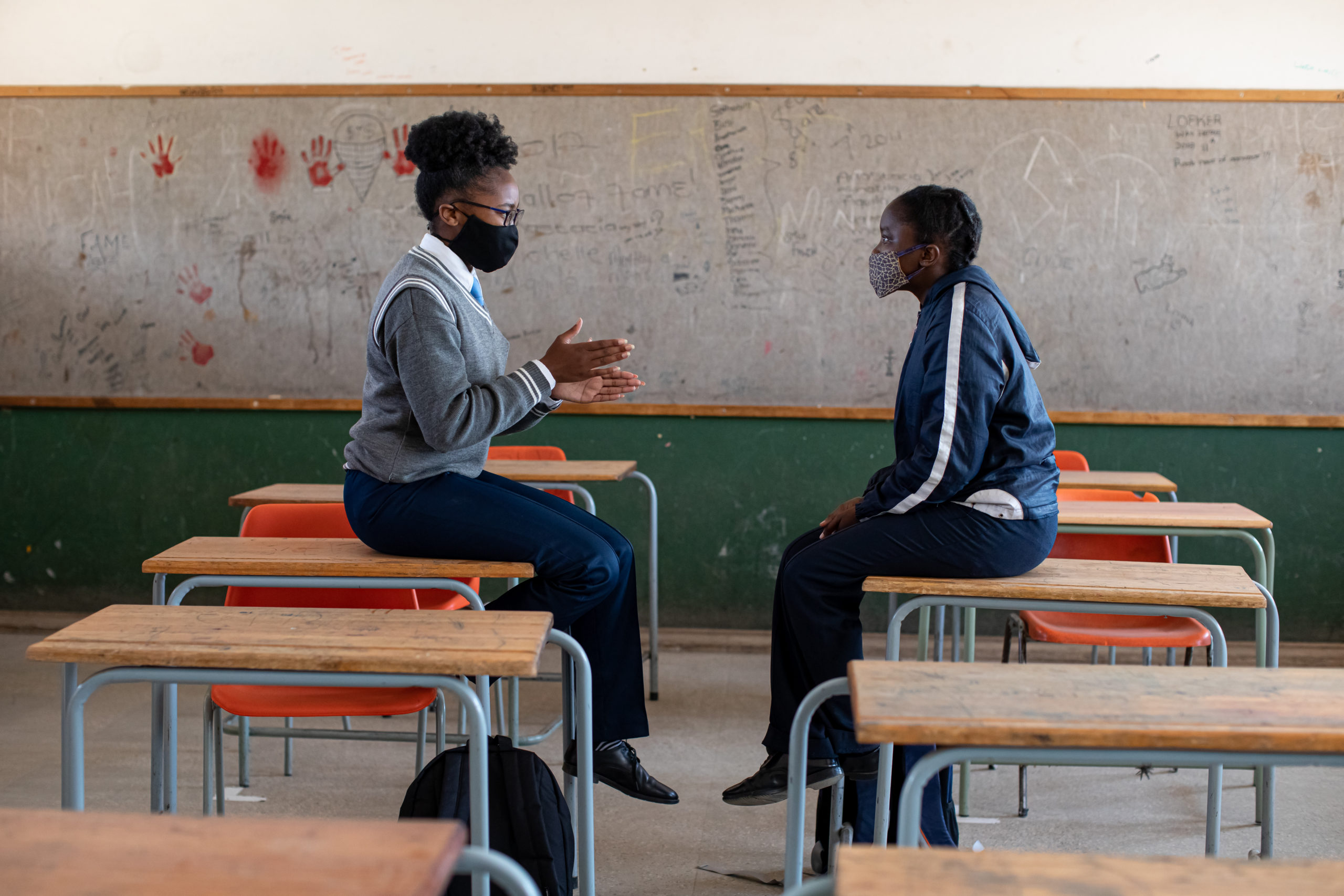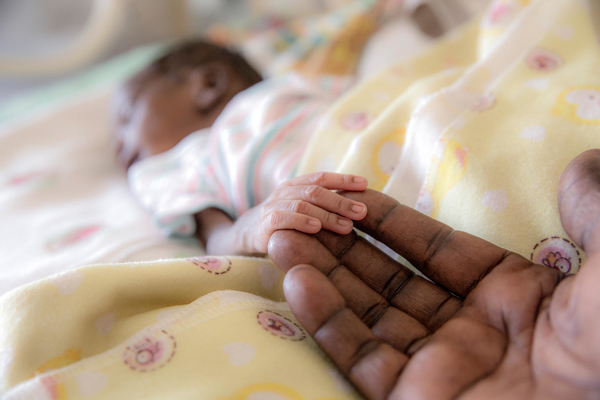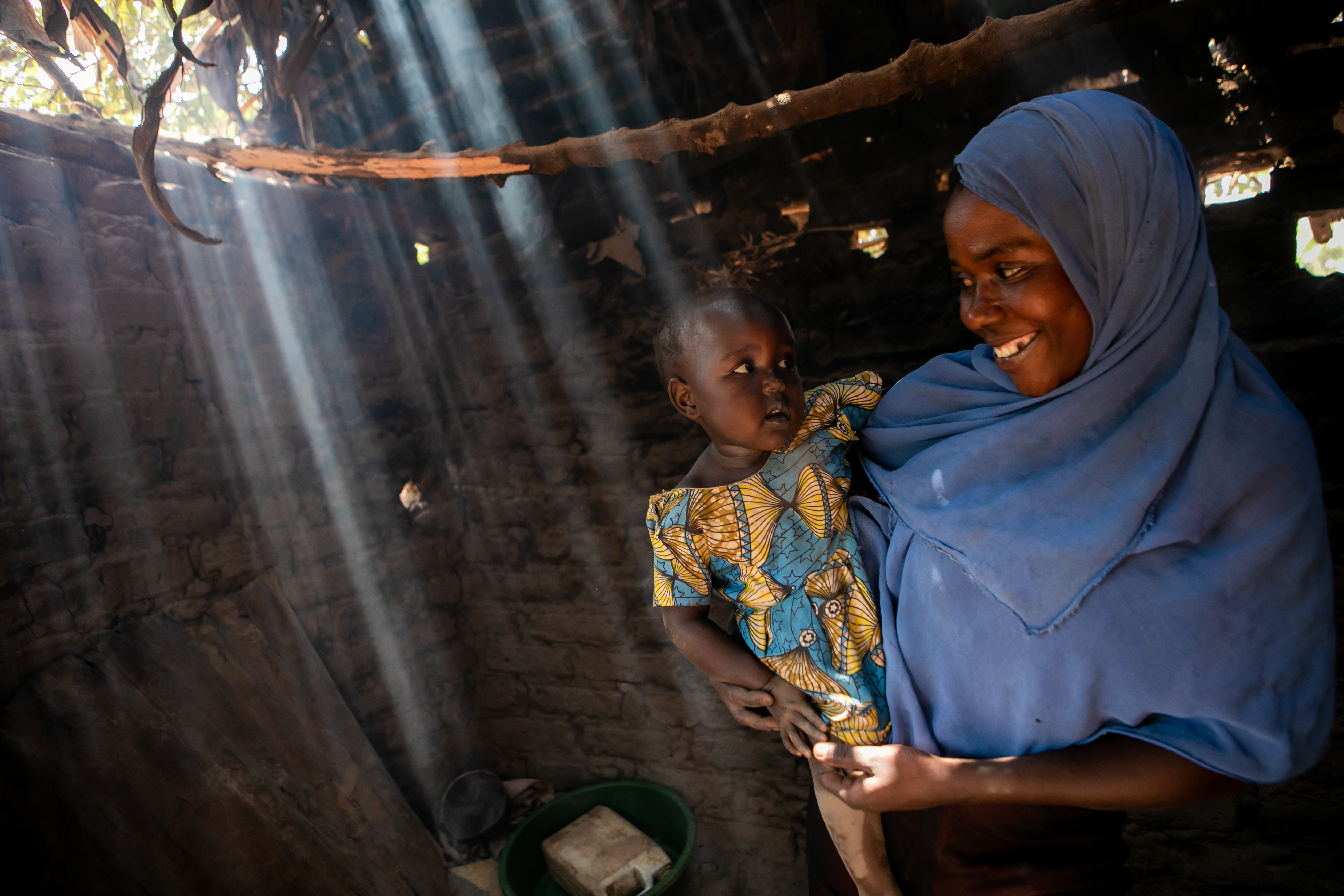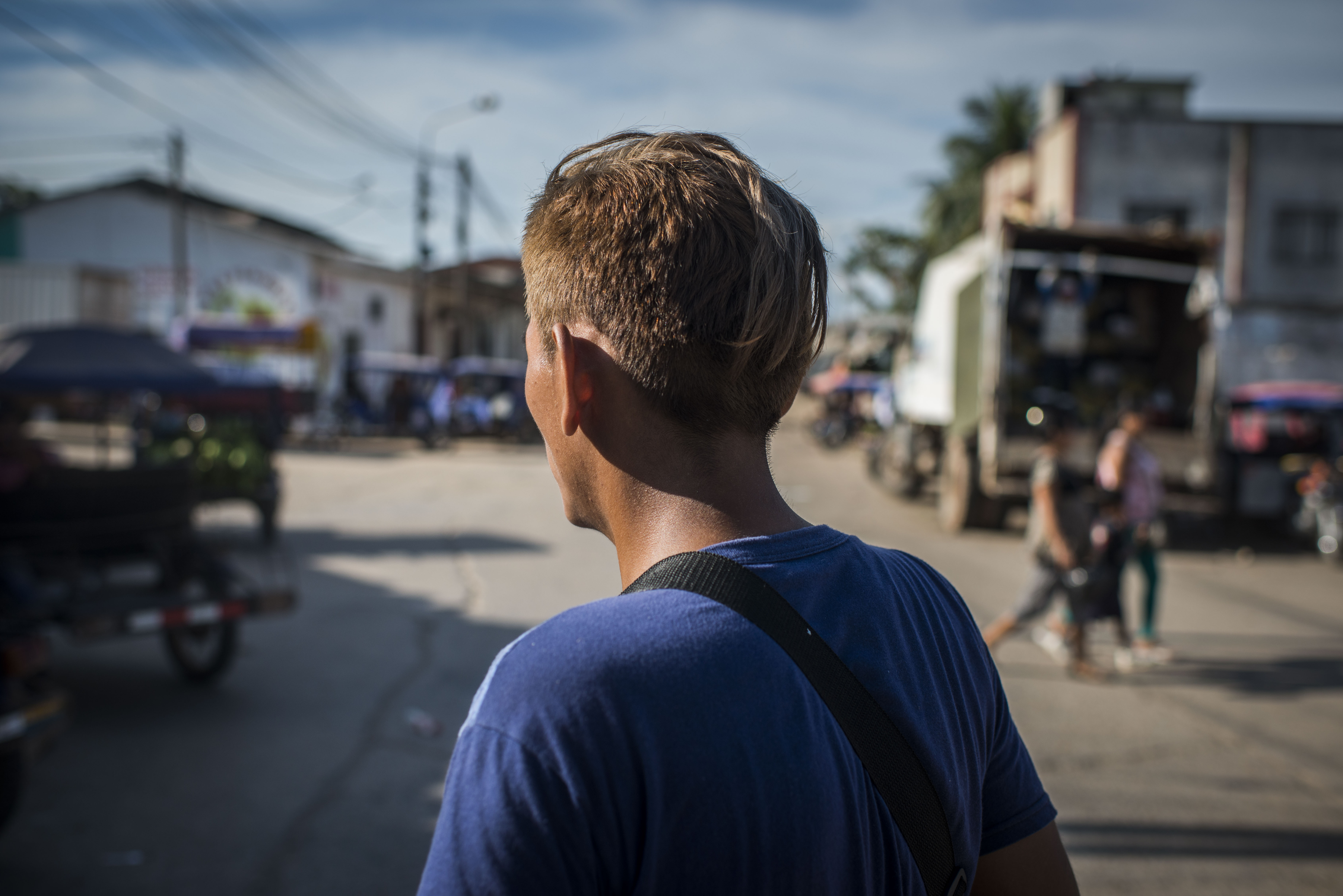World AIDS Day Report 2020
Reimagining a resilient HIV response for children, adolescents and pregnant women living with HIV

Women and children are bearing the brunt of the COVID crisis in many of the same ways that they have borne that of the decades-long fight against HIV. Every minute and 40 seconds, a child or young person under the age of 20 was newly infected with HIV in 2019, bringing the total number of children living with HIV to 2.8 million. And the COVID-19 crisis has only further exacerbated inequities in access to life-saving HIV services for children, adolescents and pregnant mothers worldwide, according to the Reimagining a resilient HIV response for children, adolescents and pregnant women living with HIV report.
This report presents 2019 key global data and an overview of the HIV epidemic among children and adolescents, focusing on UNICEF’s contribution to HIV prevention, treatment and care services in the global HIV response. It also includes the impact of the COVID-19 pandemic on UNICEF’s results and achievements.
Prevention efforts and treatment for children remain some of the lowest amongst key affected populations. In 2019, a little more than half of children worldwide had access to life-saving treatment, significantly lagging behind coverage for both mothers (85 per cent) and all adults living with HIV (62 per cent). Nearly 110,000 children died of AIDS that year. And despite some progress, deep regional disparities persist among all populations, especially for children. Paediatric coverage of antiretroviral treatment is highest in the Middle East and North Africa, at 81 per cent, followed by South Asia (76 per cent), Eastern and Southern Africa (58 per cent), East Asia and the Pacific (50 per cent), Latin America and the Caribbean (46 per cent) and West and Central Africa (32 per cent).


